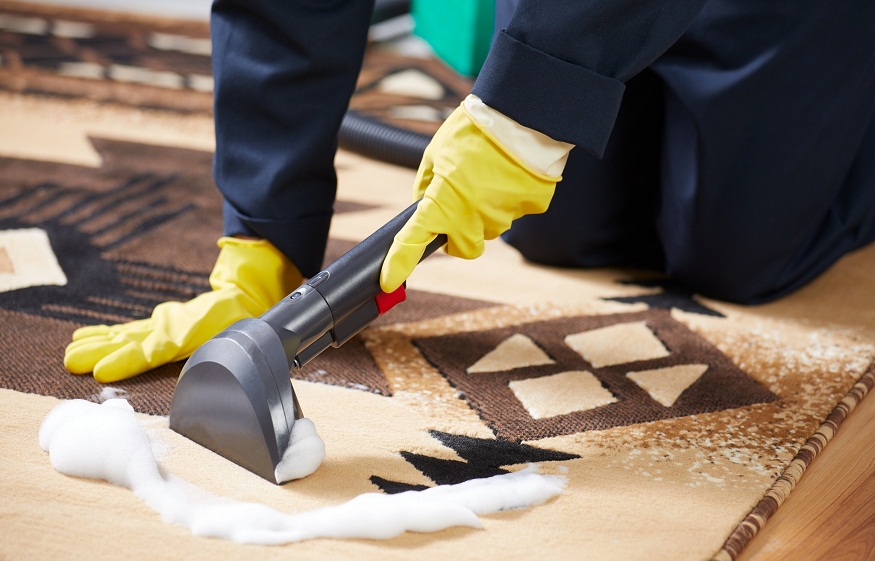Both professional cleaners and amateurs frequently struggle with blocked culverts and clogged drains. When conventional techniques are unable to remove obstinate obstructions, pressure pipes for cleaning systems are the preferred option. The trash, oil, and accumulation that lead to drainage issues are blasted away by these strong instruments using water pressure. For your particular drain cleaning requirements, choosing the appropriate pressure pipe can be the difference between a temporary solution and persistent problems. To assist you decide which pressure pipe system could be ideal for your specific scenario, this post examines the several options available, their benefits, and drawbacks.
Knowledge of Pressure Pipe Systems for Cleaning Drains
An essentially specialized hose made to resist high water pressure and direct a strong stream at obstructions is called a pressure pipe for cleaning. The way they maintain drains has been completely transformed by these systems. Pressure cleaning is an environmentally friendly and more effective option than using chemicals or hand equipment that could harm pipes.
The fundamental idea underlying these devices is simple: water is pushed through a hose with a specific nozzle under pressure, directing the stream against obstructions and pipe walls. This high-pressure water flow efficiently removes trash, removes grease, and cleans the entire downstream area. Everything from huge municipal drain blockages to clogged residential sinks may be cleaned by modern high pressure culvert cleaning technologies.
Important Considerations for Selecting a Pressure Pipe
Before getting into precise suggestions, it’s critical to comprehend the elements that ought to direct your decision procedure. Choosing wisely depends on several crucial factors, including:
When choosing the ideal pressure pipe system, the drain’s size is a major factor. Smaller private drains need different equipment than large municipal culverts. Larger channels cannot be cleared by an underpowered system, and using a pressure pipe that is too strong for a tiny drain may result in damage.
Particularly for intricate plumbing systems with numerous bends and tight corners, flexibility requirements should be taken into account. There are pressure pipes made especially to fit through difficult pipe configurations and still have a strong cleaning ability.
Composite Pressure Pipes That Are Lightweight
New developments have created lightweight composite pressure pipes that are easy to handle and long-lasting. These contemporary alternatives use cutting-edge materials and production processes to produce pipes that are far lighter than conventional reinforced pipes while still withstanding high pressures.
Because of their lighter weight, these pipes are especially useful in scenarios where agility is crucial. A lightweight pressure pipe for cleaning makes it much easier to handle tight spaces or clear drains in difficult-to-reach places. A lot of composite pressure pipes also have good chemical resistance, which makes them appropriate for settings where harsh materials are likely to be present. Their usable life is increased and their performance is maintained even under difficult circumstances because of their chemical resistance.
Specialized Configurations of Nozzles
Although the pressure pipe itself is essential, the cleaning efficacy is greatly impacted by the nozzle that is fastened to its end. Spray patterns produced by different nozzle designs are tailored to particular cleaning tasks. To get the most out of your pressure pipe system, it is helpful to understand these possibilities.
For early penetration of severe clogs, forward-jetting nozzles are perfect because they direct water pressure ahead to break through blockages. Rotating nozzles, on the other hand, effectively remove grease and grime by producing a spinning water jet that scours pipe walls in a 360-degree pattern.
Larger diameter pipes are thoroughly covered by specialized nozzles with several jets for high-pressure culvert cleaning. To improve cleaning efficiency and advance the pressure pipe through the culvert, these nozzles frequently have precisely measured angles.
Care & Upkeep for Pressure Pipes
The life of any pressure pipe for a cleaning system can be prolonged with proper maintenance. Frequent checks for deterioration, wear, or weak areas help to avoid unplanned malfunctions while in use. Flushing the pipe properly with clean water after each usage gets rid of any debris that could eventually cause internal harm.
Pressure pipe lifetime is also impacted by storage conditions. Pipes can be kept intact by being properly coiled without abrupt bends, keeping them out of direct sunlight and extremely hot or cold conditions, and making sure they are totally dry before being stored. Periodically treating rubber and some composite pipes with the proper protectants can stop early deterioration.
Environmental Factors
The importance of environmental responsibility in modern drain cleaning is growing. An eco-friendly substitute for chemical drain cleaners that can damage waterways and aquatic life is water-based pressure cleaning. However, when cleaning pipelines that can contain hazardous materials, it is extremely important to manage the water used in high pressure culvert cleaning.
Water recycling is a feature of some sophisticated pressure pipe systems that lowers the total amount of water used for cleaning. Because these systems filter and reuse water, they are especially useful in places where water usage is restricted or environmental concerns are present.
Value versus Cost Analysis
The initial cost of purchasing frequently affects the choice of pressure pipe, but taking long-term worth into account gives a more realistic picture. Although a premium pressure pipe may be more expensive up front, it may perform better and survive a lot longer than less expensive options.
For infrequent household use, a mid-range pressure pipe frequently offers the best value in terms of both price and functionality. Professional users ought to think about more expensive solutions with better durability and unique features suited for everyday use. Take performance capabilities, maintenance needs, and anticipated lifespan into account when determining the actual cost.
Conclusion:
Choosing the best pressure pipe for cleaning your particular culvert or drain requires carefully assessing your needs. The size of the drains you plan to clean, the common clogs you run across, how often you use them, and your financial limitations should all be taken into account. You may choose a pressure pipe that will effectively clean your drain and provide long-term satisfaction by being aware of the advantages and disadvantages of each alternative.
Regular professionals who maintain high-pressure culvert cleaning operations each day and occasional home clog clearers both require proper pressure pipe systems. A comprehensive analysis of the equipment options allows customers to find dependable solutions that will fulfill their needs for multiple years.



